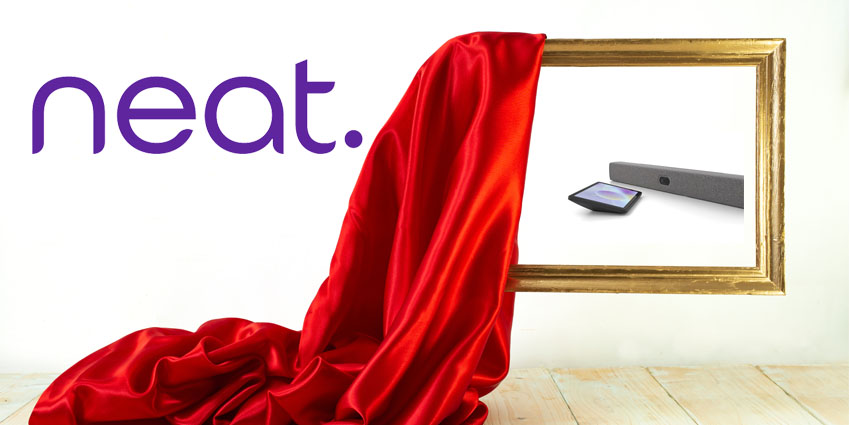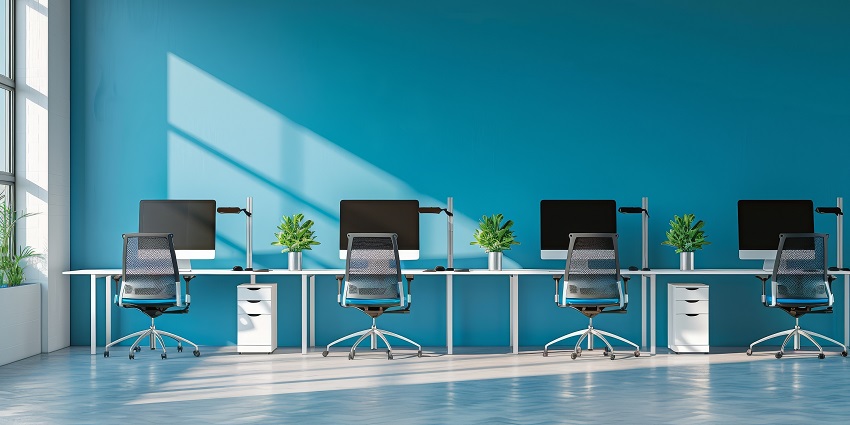When planning the deployment of a new solution for communication and collaboration, business leaders often spend a lot of time focusing on the software today’s team members will use. Choosing a secure, flexible, and feature-rich cloud environment for UC and collaboration is important for keeping teams on the right track in today’s evolving workplace.
However, the software is only one side of the UC coin. To ensure teams can connect effectively with each other, as well as external parties and customers, business leaders also need to purchase the right endpoints. From digital whiteboards for team collaboration to webcams for video meetings, there are several endpoints crucial to the UC experience today.
For most business buyers, how do you make sure you’re investing in the right future-proof technology for your company? Recognising the hottest trends in the UC endpoint landscape could be an excellent first step. Here are some trends you need to know about in 2022.
-
The Rise of Hybrid Work
Since the pandemic, around 76% of companies say they’ve switched to a hybrid working model. This means more professionals than ever before are working in an environment which allows them to shift between the office and remote environments.
Hybrid work can have a lot of benefits for the modern workforce, allowing teams to choose the perfect environment for their workday based on the tasks they’re going to be doing. However, many endpoint purchasing strategies haven’t yet been adapted to suit the hybrid model.
A switch to a hybrid mode of work might mean companies need to think more carefully about how they equip the average “meeting room” in an office. A complex meeting environment may need to be replaced with a simple, all-in-one video bar or room kit, which can be transported to any room where space is available for an ad-hoc meeting.
At the same time, companies will need to think about the endpoints their team members are going to be talking with them in and out of the office. You’ll have to ensure the tools your teams have access to allow for the same level of excellent experience and a sense of inclusion in any environment.
-
Empathy and Staff Wellbeing
In the past, perhaps the central focus of any business leader investing in new endpoints for their workforce was budget. Companies wanted to purchase affordable tools which could simultaneously provide a good customer experience without a complex setup process.
Now, in the age of the “Great Resignation”, where employees are demanding more empathy and respect from their employers, there’s a greater focus on putting the experiences and needs of the employee first. Companies are beginning to think more carefully about comfort and hearing protection when purchasing headphones and speakers.
When choosing webcams, business leaders need to think about things like auto-focusing tools for ease of use, as well as privacy shutters and screens to give users peace of mind when they log off from the workplace after working from home. At the same time, all endpoints, from whiteboards to IP phones, need to be purchased with simplicity in mind. The easier it is to use the device, the more likely it is employees will adopt the right tools, rather than simply using their own alternatives.
-
Personalised UC Tools
Speaking of the increasing focus on employee experience, companies are also recognising the individuality of their team members on a much larger scale. The last couple of years have helped demonstrate just how many different employee personas there are in the standard office. Different kinds of workers require different styles of endpoint.
Allowing team members more control over the kinds of devices they use on a daily basis can lead to significantly higher levels of productivity, engagement, and employee satisfaction. Today’s business leaders will need to move beyond the one-size-fits-all approach to endpoint provisioning, and think about how they can give their team members more options.
Now employees are more used to using the devices they feel more comfortable with when working from home, they expect to be able to take their preferred devices with them into the hybrid world. Failure to give team members the right level of personalisation options could lead to shadow IT issues.
-
AI and the Smart Office
Though many people will be spending more time using endpoints at home in the modern workplace, it’s worth remembering that there will also be a host of employees still reliant on the standard office environment. When purchasing endpoints, business leaders need to consider both sides of the coin, ensuring that remote and in-office employees are well-equipped.
This will mean finding new ways to create safe and hygienic environments where people can connect and communicate in the office. AI-powered tools that allow team members to control devices with gestures and voice, rather than accessing a shared screen, will be extremely useful here.
The “Augmented office” with access to smart assistants to help control the use and management of endpoints will become extremely useful. Additionally, some companies may choose to invest in additional endpoints, like sensors to track the temperature or capacity of a room for safety purposes.
AI tools can also help to improve the overall meeting experience, automatically pulling contextual information about a meeting contact onto a person’s phone before they start a conversation, or adjusting the way a camera tracks someone around a room to boost eye contact.
-
VR Collaboration
The rapid transformation of the workplace and the rise of hybrid environments has also led to an increasing focus on new forms of endpoints to help bring people together. As we continue to look for immersive ways to recreate the traditional office environment, companies are paying more attention to the potential of extended reality.
Going forward, XR tools like virtual reality rooms where people can sit together and share ideas in a safe digital space may become more common. With the rise of the metaverse in the future, we could also see AR and MR devices becoming more common UC endpoints, helping teams to create digital twins of projects they can work on with staff members from around the globe.
These immersive new environments will also allow users to create their own avatars and digital identities, which will pave the way for even more personalisation in the workplace.







